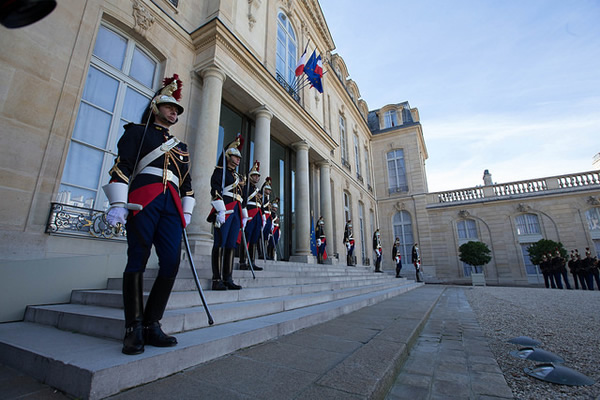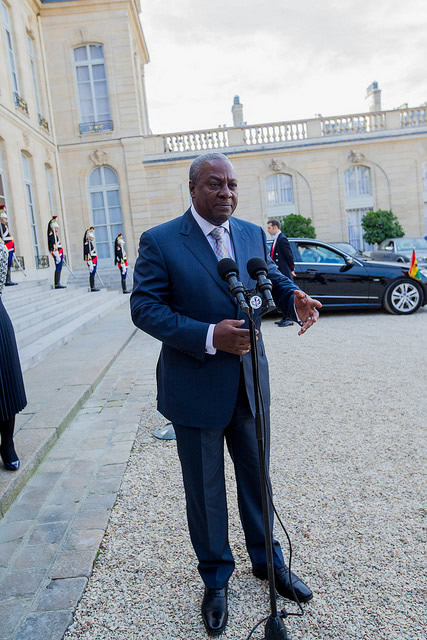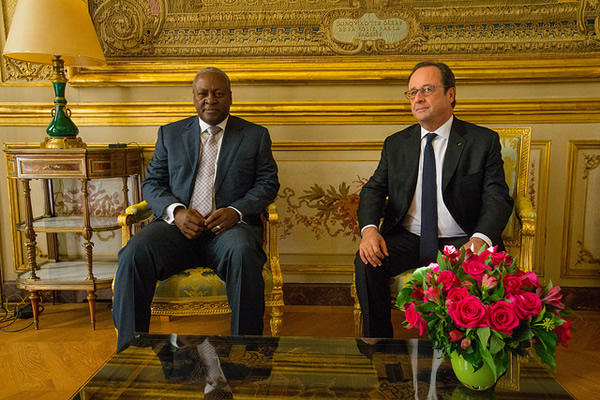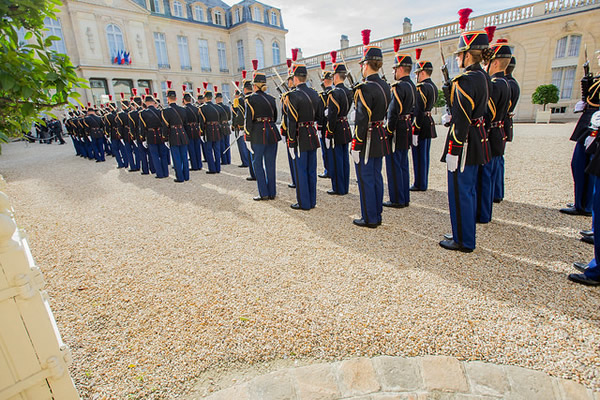
Mr Henry Kerali — World Bank Country Director, Ghana, Liberia, Sierra Leone
The latest World Bank Human Capital Index (HCI) report has ranked Ghana as the last but one country on harmonised test scores of children from basic to secondary school education in the world.
The report stressed that although Ghana had done well in terms of enrolment for basic and second cycle education, there was no corresponding improvement in the quality of education offered.
With a harmonised test score of 307, Ghana only managed to beat Niger by two points, falling short of the 391 average score by her peers in Lower Middle-Income Countries (LMIC).
The five lowest-ranked countries, which are all in Africa, are Niger, 305; Ghana, 307; Mali, 307; Sierra Leone, 316; and the Democratic Republic of Congo, 318.
The report, which was published by the World Bank, said Ghana’s HCI was 44 per cent as compared to the average HCI in sub-Saharan Africa which stood at 40 per cent.
Although Ghana’s HCI is four points higher than the average for sub-Saharan Africa, it fell short of the average for Lower Middle-Income Countries (LMIC), which is 48 per cent.
The report blamed the low ranking of Ghana on the poor quality of learning in schools in the country.
For instance, the report indicated that although the expected years of school for children in Ghana was 11.6 as compared to 8.6 average for sub-Saharan African countries, 5.7 of those years were lost because of poor content in Ghanaian schools.
Singapore has the best HCI of 88 per cent.
Event
A Senior Economist at the World Bank Office in Ghana, Ms Tomomi Tanaka, presented the report at a workshop on the country’s HCI in Accra last Thursday.
The index uses indicators such as the probability of children surviving beyond age five, survival rate for ages 15 to 60, expected years of school, harmonised test score, expected years of learning-adjusted school, children under-five stunting quality of education and health care and stunting.
The report fed on data from the Ghana Living Standard Survey (GLSS), Multiple Indicator Cluster Survey (MICS) and other sources both in and outside Ghana.
Significance
Ghana’s current HCI is 44 per cent, which implies that the country’s next generation of workers will lose 56 per cent of their productive ability and quality.
The report also put the HCI for Upper Middle-Income Countries (UMIC) and Higher Income Countries (HIC) at 58 per cent and 74 per cent respectively.
The report also shows that 95 per cent of children in Ghana survive beyond age five as against 93 per cent and 96 per cent for sub-Saharan Africa and LMICs respectively.
It further revealed that survival rate of persons aged 15-60 in Ghana was 76 per, cent while that of sub-Saharan Africa and LMICs was 73 and 81 respectively.
Additionally, the report said 81 per cent of children in Ghana experienced stunting compared to 68 per cent for sub-Saharan Africa and 73 per cent for LMICs.
Suggestions
Ms Tanaka called for more attention to be paid to quality education by investing in teachers, providing good teaching and learning materials and adopting innovative teaching methodologies.
For his part, the Country Director of the World Bank, Mr Henry Kerali, said the time had come for Ghana to start rubbing shoulders with other LMICs rather than comparing her achievements with sub-Saharan countries.
“For Ghana, although children attend school for an average of 12 years from basic to secondary level, if you measure the results of their test score, you will realise that the amount of content they have learnt is just equivalent to what someone in another country will learn in about six years.
“It means that young people are learning at only half capacity. Ghana’s enrolment is high but what the children learn leaves so much to be desired,” he said.
Source: graphic.com.gh























